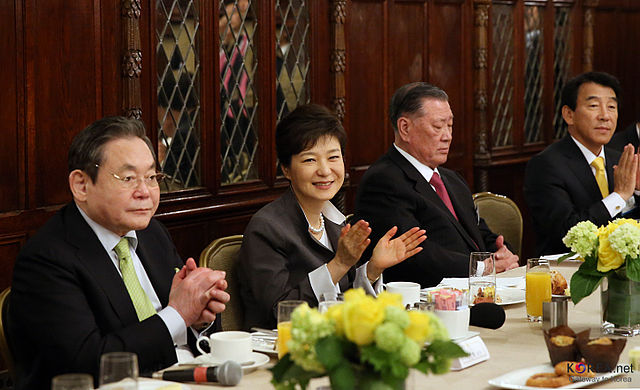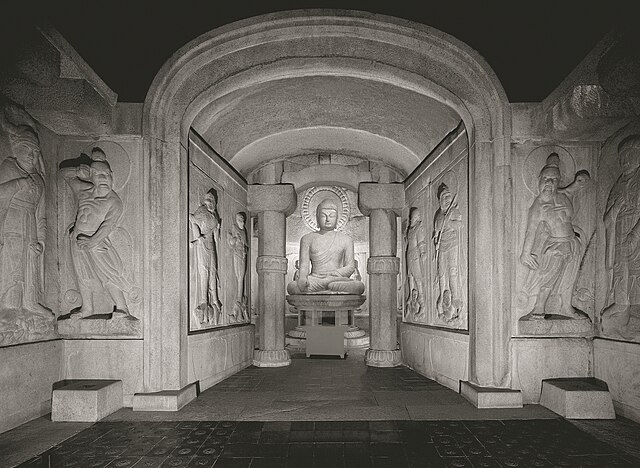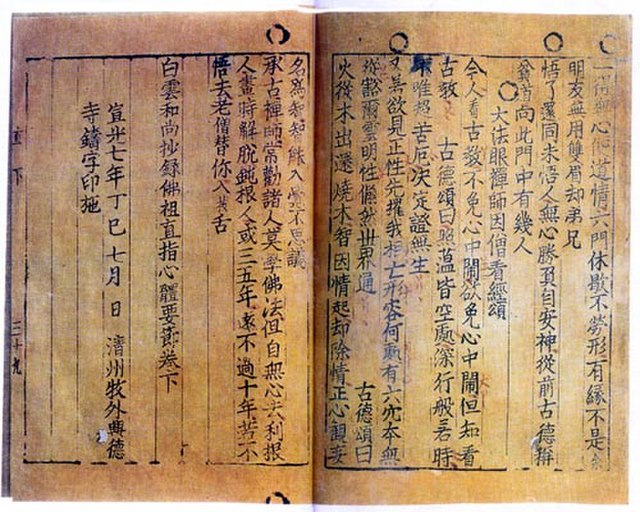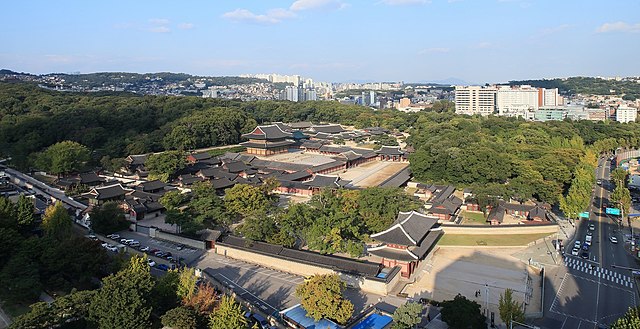The economy of South Korea is a highly developed mixed economy. By nominal GDP, the economy was worth ₩2.24 quadrillion. It has the 4th largest economy in Asia and the 14th largest in the world as of 2024. South Korea is notable for its rapid economic development from an underdeveloped nation to a developed, high-income country in a few generations. This economic growth has been described as the Miracle on the Han River, which has allowed it to join the OECD and the G20. It is included in the group of Next Eleven countries as having the potential to play a dominant role in the global economy by the middle of the 21st century. Among OECD members, South Korea has a highly efficient and strong social security system; social expenditure stood at roughly 15.5% of GDP. South Korea spends around 4.93% of GDP on advance research and development across various sectors of the economy.
Seoul, the largest metropolis of South Korea
South Korean President Park Geun-hye at a breakfast meeting with chaebol business magnates Lee Kun-hee and Chung Mong-koo in 2013
Hanwha Ocean Okpo Shipyard in Geoje
A Hyundai automobile. The automotive line is a key sector in South Korea's industry.
South Korea, officially the Republic of Korea (ROK), is a country in East Asia. It constitutes the southern part of the Korean Peninsula and borders North Korea along the Korean Demilitarized Zone; though it also claims the land border with China and Russia. The country's western border is formed by the Yellow Sea, while its eastern border is defined by the Sea of Japan. South Korea claims to be the sole legitimate government of the entire peninsula and adjacent islands. It has a population of 51.96 million, of which roughly half live in the Seoul Capital Area, the ninth most populous metropolitan area in the world. Other major cities include Incheon, Busan, and Daegu.
Seokguram Grotto from the Silla era, a UNESCO World Heritage Site
The oldest surviving metal movable type book, the Jikji, was printed in 1377, and Goryeo created the world's first metal-based movable type in 1234.
The Tripitaka Koreana — the Buddhist canon (Tripiṭaka) carved onto roughly 80,000 woodblocks and stored (and still remaining) at Haeinsa, also a UNESCO World Heritage Site
Changdeok Palace, pictured in 2014, one of the Five Grand Palaces of Seoul built during the Joseon Dynasty and a UNESCO World Heritage Site








